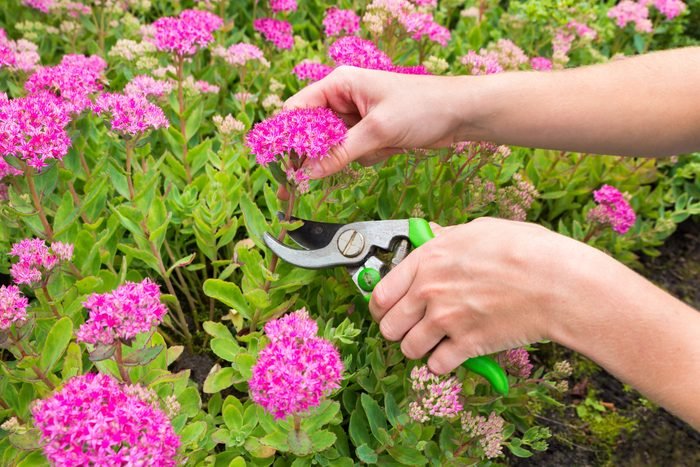Deadheading/Trimming Perennials
Removing spent blooms will help keep your perennials tidy and promote more flowers. Deadheading and promoting new blooms will also provide more pollen and nectar for the pollinators in your gardens.
The plants get a refreshed appearance and the amount of seed it drops is lessened with deadheading. This will direct the plants energy into root development and plant growth.
When deadheading, for most plants all you will need to remember is to prune the spent flowers and stems back to a point where there is new lateral growth or a bud. If there are no new buds forming, then trim back to where there is lateral growth (a new branch or stem forming)
Doing a little at a time can be relaxing and enjoying and not make you feel overwhelmed with too much at once!
Some common Perennials that may re-bloom after deadheading:
Baby’s Breath Hollyhocks
Bee Balm Lavender
Blanket Flowers Lupines
Columbine Perennial Salvias
Delphiniums Tickseed
Fox Gloves Yarrow
*Summer heat can take its toll on flowering annuals as well. If you wish to extend their bloom time and foliage production then cutting the plants back mid-summer followed by actively fertilizing can encourage plants to respond and help keep them blooming until the end of the season.

